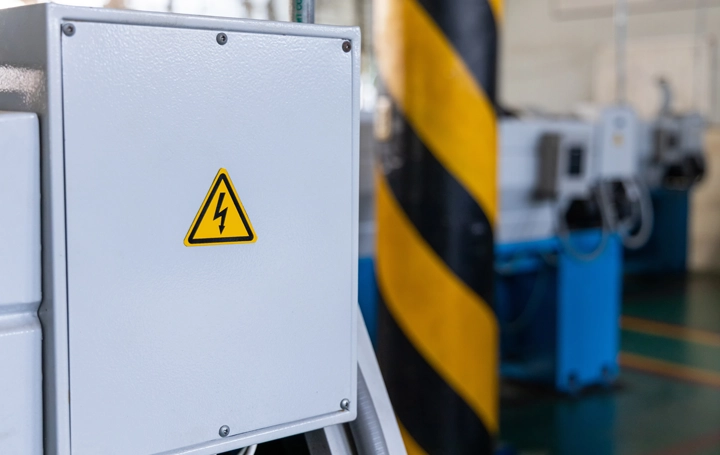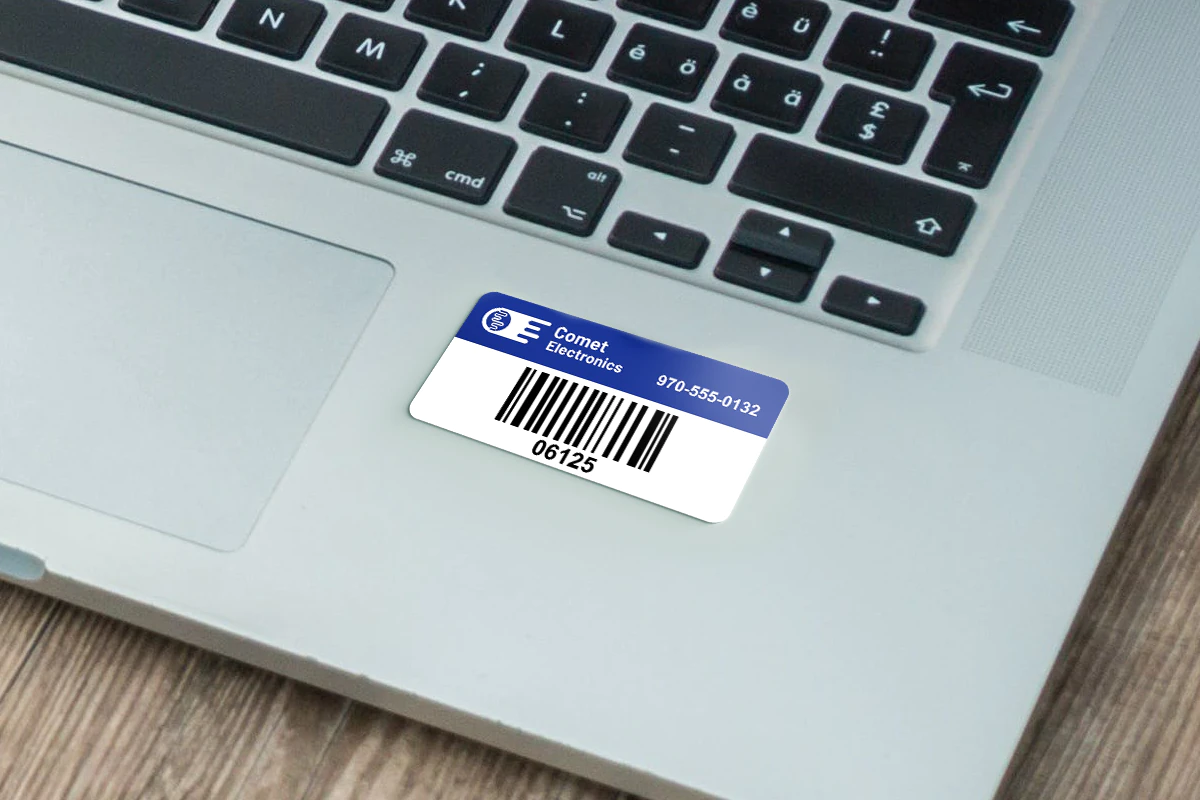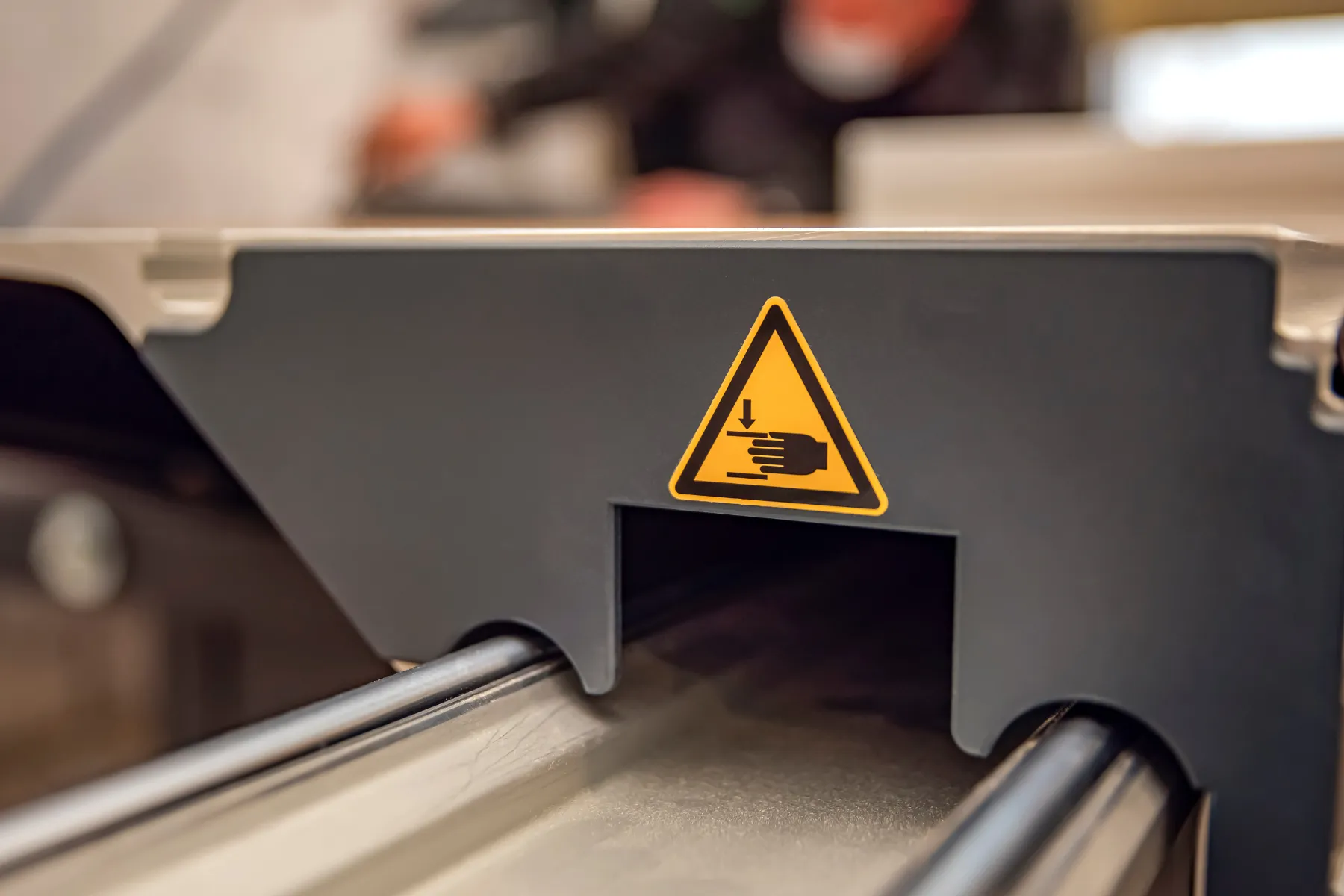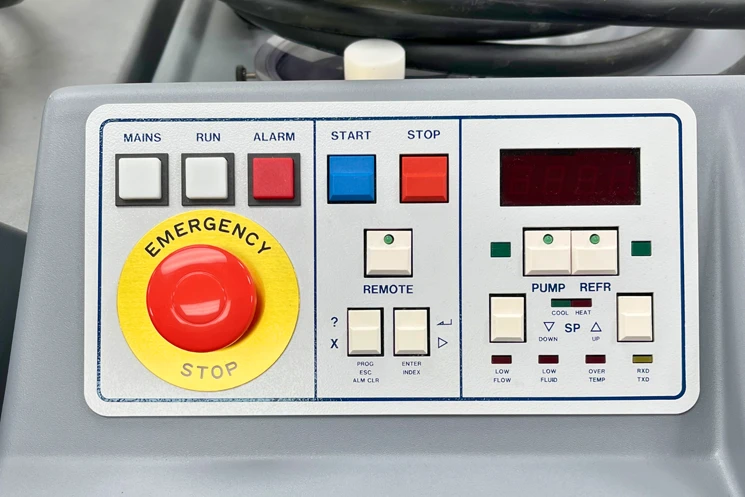Here are 10 of the most frequently used warning label categories—plus where they typically appear and why.
1. DANGER
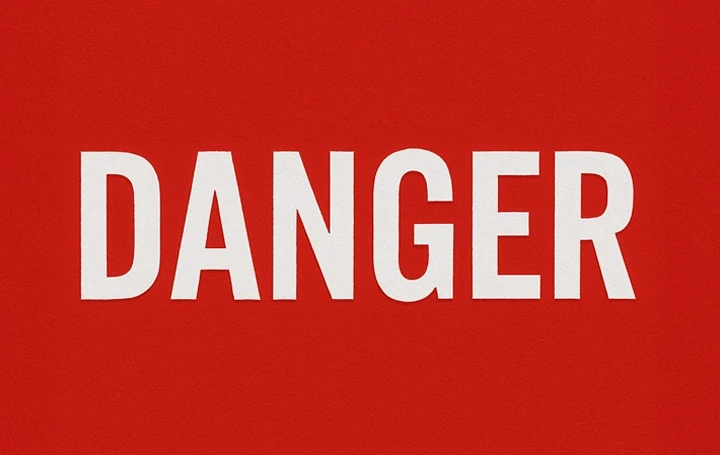
- Color: Red header, white text
- Meaning: Immediate risk of serious injury or death
- Example Use: High-voltage panels, confined spaces, machine entrapment zones
- Required By: OSHA 29 CFR 1910.145; ANSI Z535.4
2. WARNING

- Color: Orange header
- Meaning: Risk of serious harm or death, not as immediate as “Danger”
- Example Use: Rotating equipment, hot surfaces, chemical exposure
- Required By: OSHA 1910.145; ANSI Z535.4
3. CAUTION

- Color: Yellow header
- Meaning: Moderate risk—slips, trips, minor machinery risks
- Example Use: Wet floors, low clearance, pinch points
- Required By: OSHA general duty clause; ANSI Z535.2 and Z535.4
4. BIOHAZARD

- Color: Orange background with biohazard symbol
- Meaning: Biological materials that pose health risks
- Example Use: Labs, medical waste, research facilities
- Required By: OSHA Bloodborne Pathogens Standard (29 CFR 1910.1030)
5. ELECTRICAL HAZARD

- Color: Typically red or orange, with lightning bolt icon
- Meaning: Shock or arc flash risk
- Example Use: Breaker panels, control boxes, power supply enclosures
- Required By: NFPA 70E; OSHA Subpart S
6. FLAMMABLE MATERIAL

- Color: Red or orange with flame icon
- Meaning: Fire or explosion risk
- Example Use: Fuel storage, aerosol rooms, spray booths
- Required By: OSHA Hazard Communication Standard (29 CFR 1910.1200); NFPA 30
7. COMPRESSED GAS
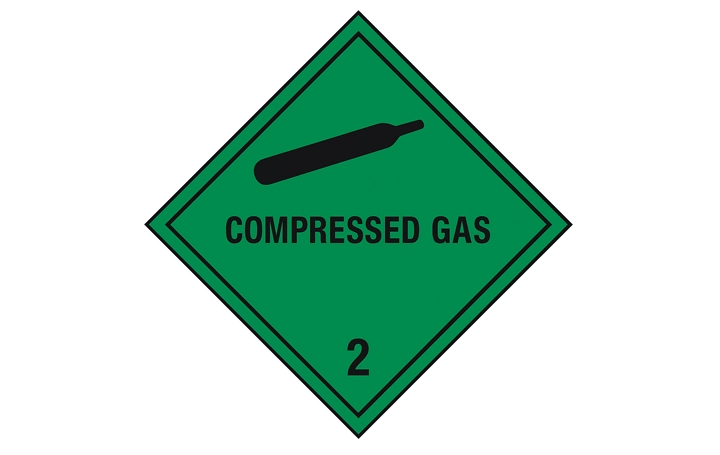
- Color: Often green
- Meaning: Cylinder hazards, risk of explosion or projectile
- Example Use: Welding areas, industrial gas storage
- Required By: OSHA 1910.101; Compressed Gas Association (CGA)
8. LASER HAZARD
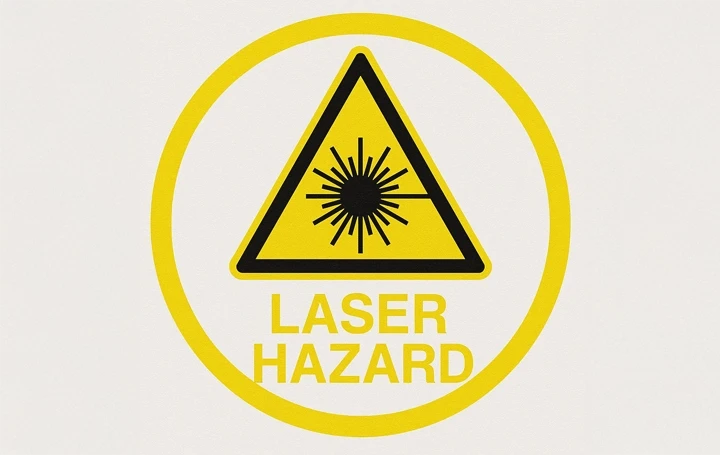
- Color: Yellow or white with laser symbol
- Meaning: Eye injury or skin exposure from laser radiation
- Example Use: Labs, production lines, optical calibration
- Required By: ANSI Z136.1; FDA Center for Devices and Radiological Health (CDRH)
9. HIGH TEMPERATURE
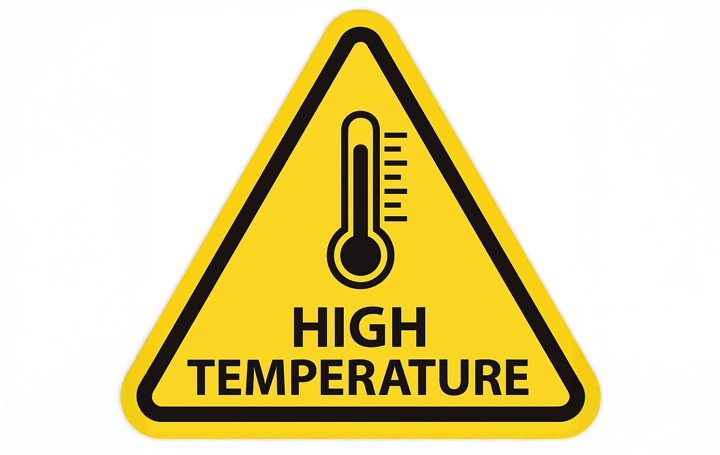
- Color: Yellow with heat icon
- Meaning: Burns or thermal hazards
- Example Use: Ovens, furnaces, hot equipment housing
- Required By: ANSI Z535.4; general OSHA guidance under 1910.22 (walking/working surfaces)
10. CHOKING HAZARD – Small Parts

- Color: Yellow background, black bold text
- Meaning: Warns of a choking risk due to small components, often used on toys and packaging
- Example Use: Toy sets, electronics, assembly-required items, kits with detachable pieces
- Required By: U.S. Consumer Product Safety Commission (CPSC) for products marketed to children under 12
Where You’ll See These Labels
Warning labels appear everywhere safety and communication intersect. Common locations include:
- Manufacturing plants
- Shipping containers
- Construction zones
- Hospitals and labs
- Retail and consumer goods packaging
- Tools and equipment
The key to effectiveness? Labels that match the real-world risk and hold up in the conditions they’re exposed to—heat, moisture, abrasion, solvents, or long-term use.
Tips for Effective Warning Label Design
- Follow ANSI Z535: Use the right color, signal word, and icon
- Prioritize readability: Bold, sans-serif fonts, and clear contrast
- Size to match distance: Bigger labels for larger work areas
- Durability matters: Choose materials based on heat, UV, washdown, etc.
- Update when conditions change: Don’t let outdated labels linger
Why One Manufacturer Switched to Industrial Warning Labels
A food processing plant had a history of slipped ladders and repeated electrical faults during cleaning. Warning signs were posted, but they faded and peeled over time.
After switching to laminated, waterproof warning labels with bold icons and color-coded headers:
- Incident reports dropped 40% in 90 days
- New hires cited labels as “key to understanding workflow zones”
- OSHA inspectors noted improved compliance documentation
The upgrade wasn’t expensive—but it was effective.

Need Labels That Hold Up?
If you’re managing safety programs, compliance inspections, or equipment maintenance across multiple teams, the right label can do more than warn—it can clarify expectations.
Our warning labels include options designed for rough surfaces, hot zones, chemical exposure, and high-visibility applications—without requiring large order minimums.
Common Warning Labels FAQs
Danger = immediate death/injury
Warning = serious risk
Caution = lower risk, moderate injuries
Not legally—but ANSI Z535 improves clarity and compliance, especially for OSHA-inspected workplaces.
Match the label to the severity and likelihood of harm. Use icons and text to make it instantly readable.
Polyester, vinyl, and laminated synthetic materials resist water, abrasion, and solvents in industrial settings.
Yes. Many labels include fill-in fields or blank spaces, and you can upload your own messaging or icons.
